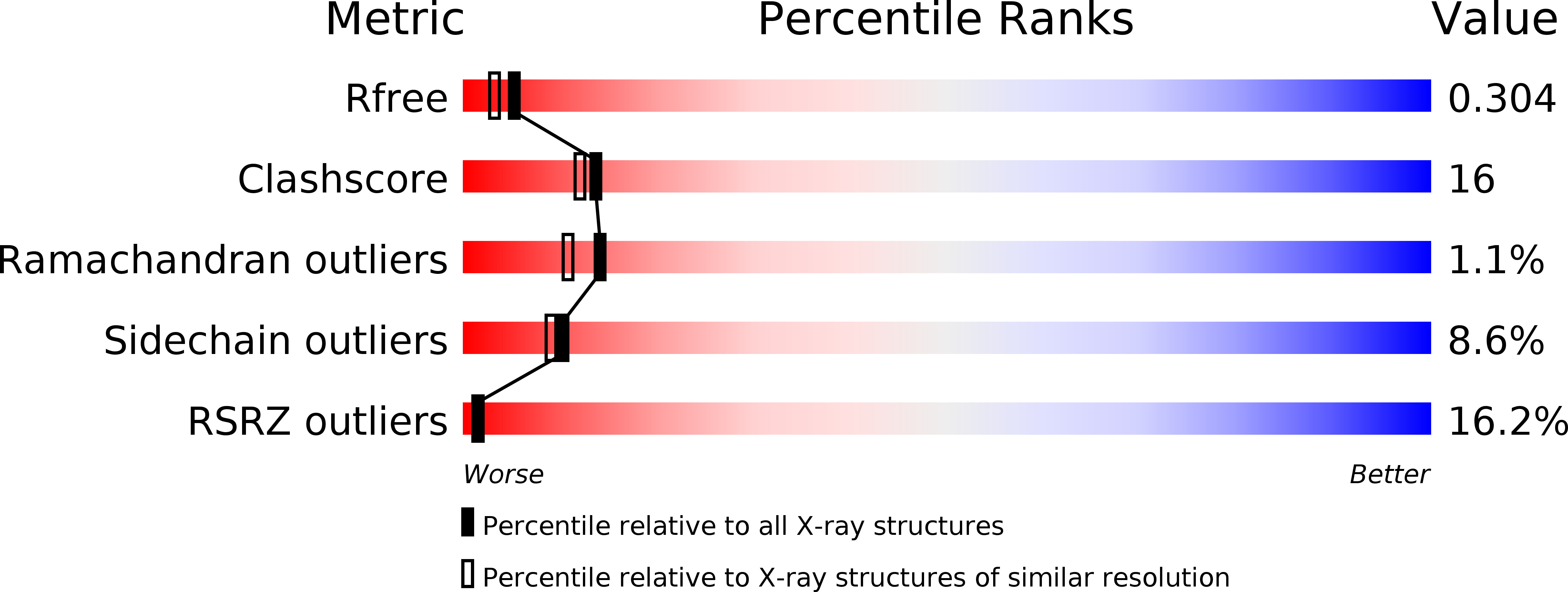
Deposition Date
2011-12-21
Release Date
2012-03-07
Last Version Date
2024-03-20
Entry Detail
PDB ID:
3VN2
Keywords:
Title:
Crystal Structure of PPARgamma complexed with Telmisartan
Biological Source:
Source Organism:
Homo sapiens (Taxon ID: 9606)
Host Organism:
Method Details:
Experimental Method:
Resolution:
2.18 Å
R-Value Free:
0.30
R-Value Work:
0.24
R-Value Observed:
0.25
Space Group:
P 21 21 2


